Core Responsibilities of a CEO
The role of a CEO is both dynamic and far-reaching. While specific duties may vary based on the size and sector of the organisation, the following responsibilities are typical of all CEOs:
1. Setting and Communicating Vision and Mission
The CEO sets the company's long-term vision. They define the mission, values, and culture and ensure that the workforce is aligned with this strategic direction.
2. Leading Strategic Planning and Execution
From geographic expansion to product diversification, the CEO oversees strategy formulation and ensures execution across departments. Every strategic choice, including acquisitions or new business lines, rests with their final approval.
3. Building and Maintaining a High-Performing Leadership Team
A CEO hires, mentors, and evaluates other C-level executives such as the CFO (Chief Financial Officer), CTO (Chief Technology Officer), and CMO (Chief Marketing Officer). Their role is not just delegating but creating a cohesive leadership unit.
4. Representing the Company Externally
Be it investors, government authorities, or the media, the CEO acts as the face of the company. They handle public messaging, investor briefings, and major negotiations.
5. Making High-Stakes Decisions
CEOs routinely deal with complex issues, financial decisions, crisis responses, and legal dilemmas. Their choices often impact thousands of employees and millions in revenue.
Key Skills and Qualities of a CEO
Being a Chief Executive Officer (CEO) requires more than just experience. It demands a unique combination of attributes to handle high-pressure leadership. Some of them are as follows:
1. Visionary Thinking
CEOs must anticipate market trends, economic shifts, and consumer expectations to build future-proof strategies.
2. Decisiveness
Every day brings choices that require prompt and confident decision-making, often with limited data and significant consequences.
3. Communication and Interpersonal Strength
Whether inspiring teams or handling stakeholder conflict, strong communication is essential.
4. Crisis Management
From economic downturns to public relations disasters, CEOs must steer the company safely during turbulent times.
5. Financial Literacy
Understanding balance sheets, income statements, and forecasts is essential, especially in capital-intensive sectors.
Role of a CEO Across Company Stages
The role of the Chief Executive Officer (CEO) varies based on the size and maturity of the business, which includes:
1. Early-Stage Startups
In startups, the CEO often wears multiple hats, from product development to customer service. Their involvement is hands-on, and they usually act as the primary fundraisers.
2. Growing Businesses
As the company scales, the CEO focuses on building systems, raising capital, and hiring senior talent. Strategic delegation becomes key at this stage.
3. Large Enterprises
In mature organisations, the CEO becomes a facilitator and visionary, focusing on M&A deals, risk management, and global expansion. Their job is to manage complexity and scale while maintaining agility.
Relationship with the Board of Directors
The Board of Directors is not just an oversight body, it’s the employer of the CEO. The following are ways a CEO is linked with the Board of Directors:
1. Accountability and Reporting
CEOs present business performance updates, strategic plans, and budgets to the board. They are answerable for meeting the company’s targets and maintaining shareholder value.
2. Role in Governance and Compliance
CEOs must ensure that the company operates within legal and regulatory frameworks. From corporate governance to internal audits, they work closely with the board to stay compliant.
Related: How Do Leadership Styles Affect a Company's Long-Term Stability?
How the CEO Interacts with Other C-Level Executives
A CEO is not expected to micromanage but must oversee all major departments through effective collaboration. This is how the CEO interacts with other executives:
1. Delegation and Collaboration
The CFO handles financial strategy, the CTO focuses on technological infrastructure, and the CMO manages brand and customer acquisition. A good CEO ensures these leaders work in sync and that their departments function smoothly.
2. Oversight Without Micromanagement
While CEOs must stay updated on key projects, they trust their leadership team to execute. They focus on results and intervene only when necessary, balancing involvement and autonomy.
Challenges Faced by CEOs Today
The role of a Chief Executive Officer (CEO) comes with no shortage of obstacles. Today’s corporate landscape is more volatile and complex than ever. Some of the most common challenges of CEOs are:
1. Market Uncertainty
From inflation to supply chain disruptions, CEOs must adapt business models to rapidly changing economic conditions.
2. Talent Retention
In an age of high attrition and employee demands for flexibility, CEOs must champion inclusive, performance-driven cultures.
3. Technology Shifts
Emerging technologies like AI, blockchain, and cybersecurity threats require CEOs to stay ahead of the curve—or risk falling behind.
4. Public and Investor Scrutiny
CEOs are under continuous watch. One misstep, be it an insensitive comment or a failed strategy, can lead to reputational damage or shareholder backlash.
Why Can't CEOs Afford to Skip D&O Insurance?
Directors and Officers Insurance protects top executives from personal liability arising from decisions made in their professional capacity. Not having a comprehensive D&O policy can result in:
- Exposure to Personal Liability: CEOs can be personally sued for mismanagement, negligence, or breach of duty.
- Financial Strain from Legal Fees and Settlements: Without D&O, legal costs may need to be paid out-of-pocket, even if you're not found guilty.
- Vulnerability to Stakeholder Lawsuits: Investors, vendors, or employees can initiate action over perceived poor decisions or lack of transparency.
- Personal Financial Consequences: A CEO's personal assets can be at stake in litigation, especially in the absence of company indemnification.
Conclusion
The Chief Executive Officer (CEO) is a company's anchor, responsible for long-term vision, short-term execution, and everything in between. From building teams and making high-impact decisions to reporting to the board and managing crises, their role is complex and non-negotiable for business success.
Whether you're founding a startup or heading a large enterprise in India, the responsibilities of a CEO extend far beyond titles. Protecting yourself and your leadership with tools like D&O insurance isn’t just wise - it’s necessary.
If you are looking for a comprehensive D&O insurance policy, explore Policybazaar for Business and ensure your leadership is well protected.





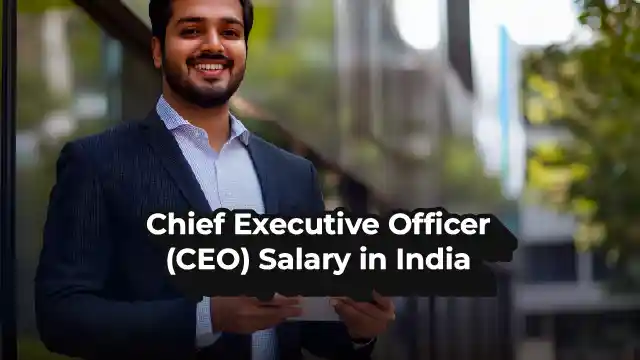
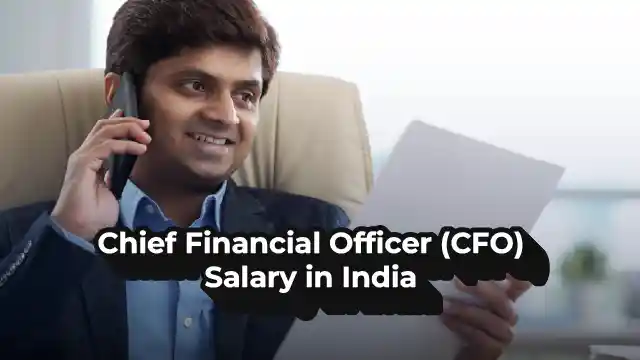
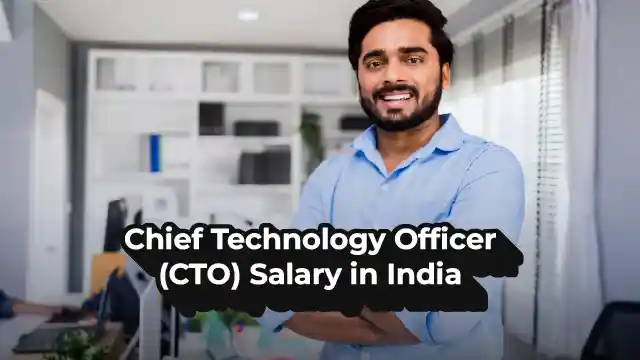
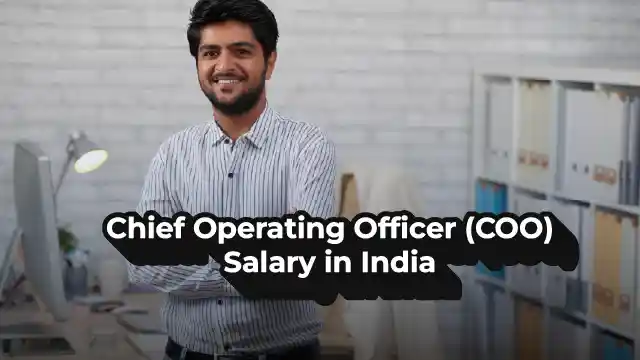

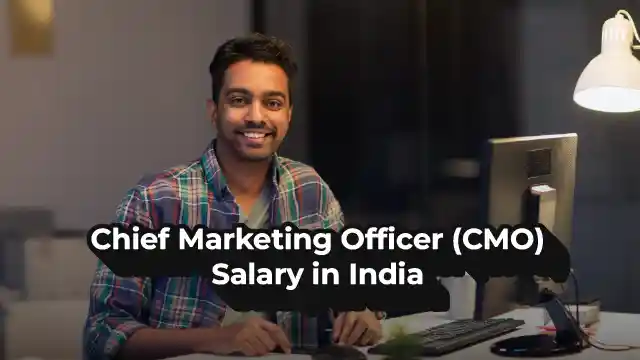

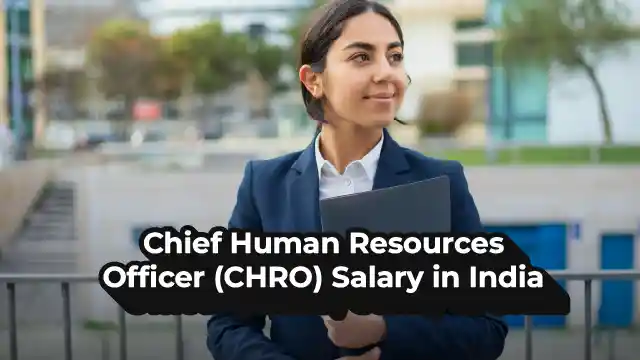
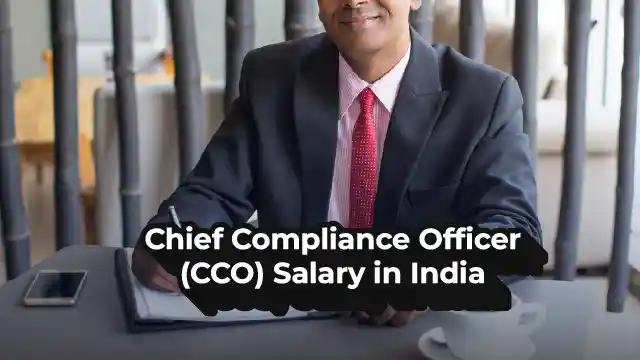


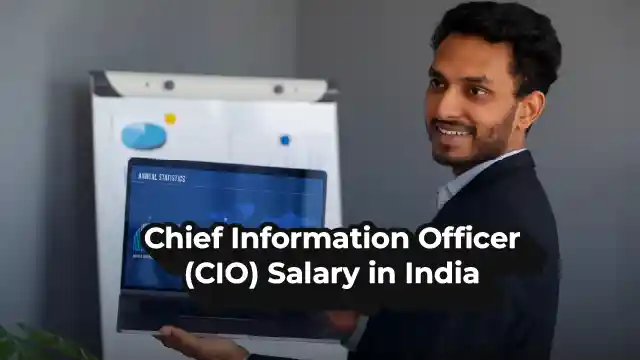
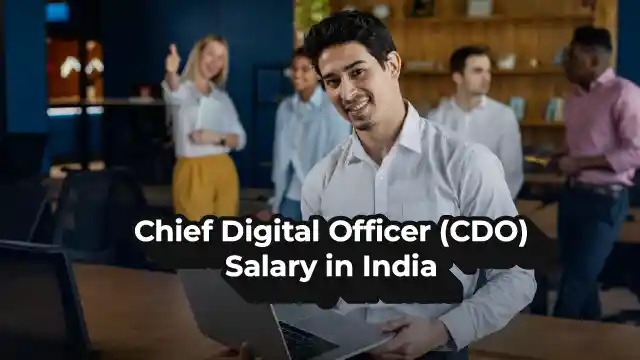

 Expert advice made easy
Expert advice made easy


